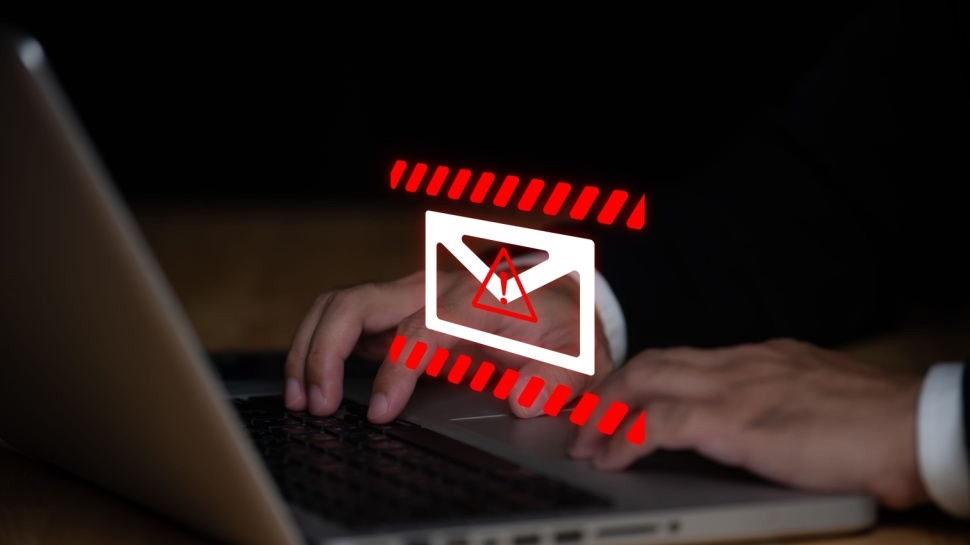How to hide my email address
Concealing your email address from the public is a critical step in preserving your online privacy and safety

Any time you sign up for a newsletter, want to use an online service or make a purchase over the web, you are leaving digital breadcrumbs behind in the form of your email address. Tracing these breadcrumbs back to your inbox opens the door to all sorts of annoyances, including getting regularly hit by an enormous amount of spam emails, falling victim to phishing, and causing other security concerns.
Reducing the odds of this happening by concealing your email and, with it, protecting your virtual persona, can be a challenging task. However, there are a few strategies you can try.
Exclusive offer: Get 50% off on StartMail
StartMail is an email service provider focusing on security and privacy. With this discount you get 20 GB of storage, and spam protection which means no ads, unlimited email aliases so you can create unlimited email addresses while keeping your identity protected, and encrypted emails for advanced security.
Use an alias or throwaway email address
By far the most effective option is to conceal your real email address by using an alias or a disposable email. This can be done through a service that allows you to set up a secondary or temporary address and then forward messages to your inbox without revealing your real email address.
To illustrate, yourrealname@email.com turns into a ‘decoy’ like anonymous123@email.com. This alias then transfers messages to you without broadcasting your actual address.
For briefer purposes, you can resort to disposable email services that provide an email address for a limited period, after which it self-destructs in a Mission Impossible-like way. This is particularly useful when creating accounts for sites you might visit once or twice or if they seem iffy regarding the use of your details.
Replace your email address with a contact form
Another efficient way to keep your email address hidden is to refrain from sharing it directly and rely on a contact form instead. Say you have a website or a blog - you can attach a form that permits whoever wishes to contact you to do so without seeing your email address.
Through a contact form, visitors can send you questions, comments, and the like, which then arrive in your inbox. The beauty of all this is that you do not have to display your real email address on the Internet, hence minimizing the chances of bots and scrapers picking it up.
Are you a pro? Subscribe to our newsletter
Sign up to the TechRadar Pro newsletter to get all the top news, opinion, features and guidance your business needs to succeed!
If you’re not a site owner, you have other options. As with disposable email addresses, there are services offering this too. However, keep in mind that, while this method may protect your email address from the general public, it doesn’t necessarily prevent an experienced hacker from getting their hands on it if they directly target your website.
Don’t broadcast your email on social media
Many people often overlook this. Social media has become so ingrained in our everyday lives that it is easy to forget you have posted your email address for anyone with access to your profiles to see. Plus, it might seem convenient to link everything together for easier access.
Nonetheless, you can’t afford this convenience when it comes to providing your email address to the likes of X, Facebook, Instagram, YouTube, or LinkedIn. By publicly listing your email address on these platforms, you are exposing it to spammers and hackers.
What you can do instead, if you really, really need to share your email, is to display a professional email alias or embed a link to a contact form on your website. Furthermore, ensure via your account privacy settings that your email isn’t public, even though it is required when signing up.
Utilize end-to-end encryption
To boost the privacy of your email correspondence, you can use an email service that offers end-to-end encryption. When you enable it, the emails you send will be readable only to you and the recipient. No other person, including the email provider, will be able to see its contents.
This system works by encrypting a message before it leaves the sender’s device, and this coded mail remains the same until it is accessed by the receiver on the recipient's device. Some services even allow the creation of aliases for more protection.
Although this doesn’t necessarily hide your email address from the Internet community at large, it does protect your messages from being intercepted and decoded. As such, it is a particularly good option to have if you need to send or receive sensitive or confidential information.
Obscure your email address
If, for some reason, you have to expose your email address for all to see, like for contact purposes or business networking, using the obfuscation technique can help reduce the risks associated with bots and scrapers gaining unauthorized access to it.
Specifically, obfuscation means altering how your email address is displayed on a website to make it difficult for spambots to read. Instead of showing, for instance, yourrealname@email.com, you could write it as yourrealname [at] email [dot] com or use a code that only appears correctly when shown in a browser.
While his method might not be a sure-fire way to entirely stop a tenacious bad guy from gaining access to your email address, it might hinder an average spambot from harvesting it.
Deploy email forwarding services
Email forwarding services allow you to set up a new email address and channel messages to your central account. Better yet, you can shut down the forwarding address whenever you feel like it, preventing further unwanted communication.
Such a service can also facilitate making different email aliases for different needs. You could use one for online purchases, a separate one for social networks, and a third one for business contacts. If any of these aliases start getting spam, you can disable them without impacting your other aliases or your primary inbox.
Be vigilant of public Wi-Fi and data leaks
Despite being less direct, data leaks are another method by which malicious actors can obtain your email address. This is especially true when connecting to a public Wi-Fi network which might not be secured and hackers can abuse it to access your email credentials and messages.
One way to protect yourself in this situation is to use a VPN. It encrypts your traffic, giving you an extra layer of security against cyber criminals, and makes it much harder for them to gain access to and compromise your email correspondence.
Alternatively, you can avoid logging into your email on public Wi-Fi altogether, which might be challenging if you are on the road and want to check your emails in a coffee shop or an airport terminal. That said, it is better to wait until you can get to a secure network or use your mobile data.
Final thoughts
Concealing your email address from the public is a critical step in preserving your online privacy and safety. The above strategies, such as aliases, contact forms, encryption, and the like, give you the opportunity to do this and still stay in touch. In a time where personal information is increasingly vulnerable to exploitation, employing it will provide you with greater peace of mind on the Internet.
Sead is a seasoned freelance journalist based in Sarajevo, Bosnia and Herzegovina. He writes about IT (cloud, IoT, 5G, VPN) and cybersecurity (ransomware, data breaches, laws and regulations). In his career, spanning more than a decade, he’s written for numerous media outlets, including Al Jazeera Balkans. He’s also held several modules on content writing for Represent Communications.
